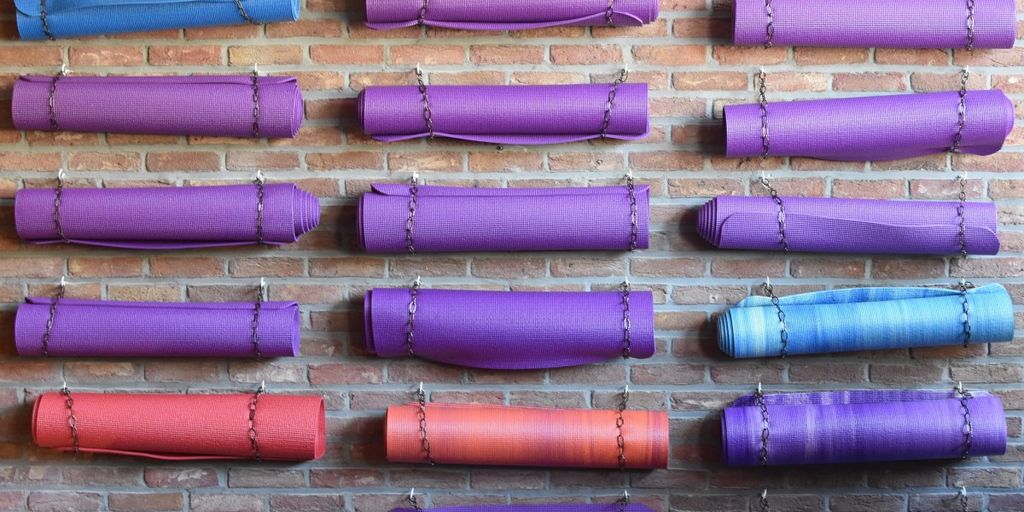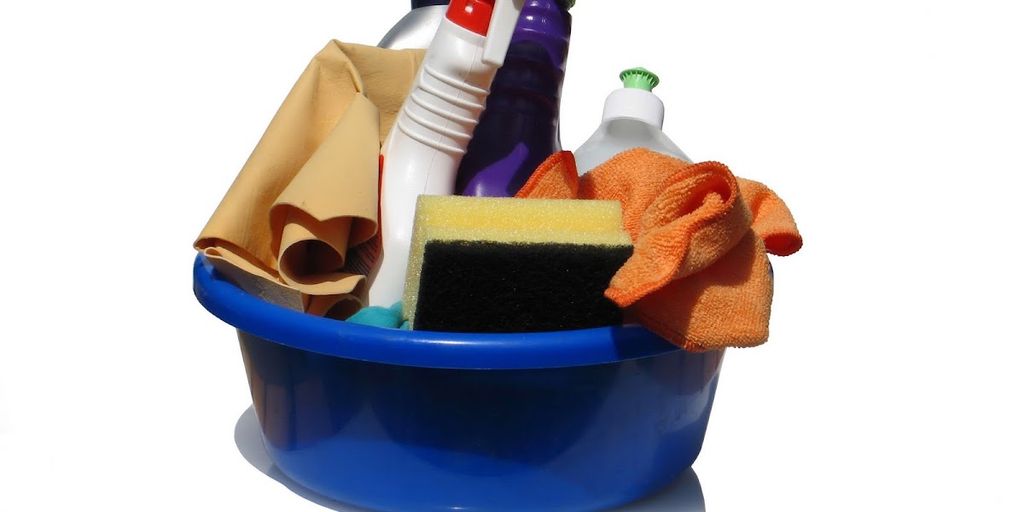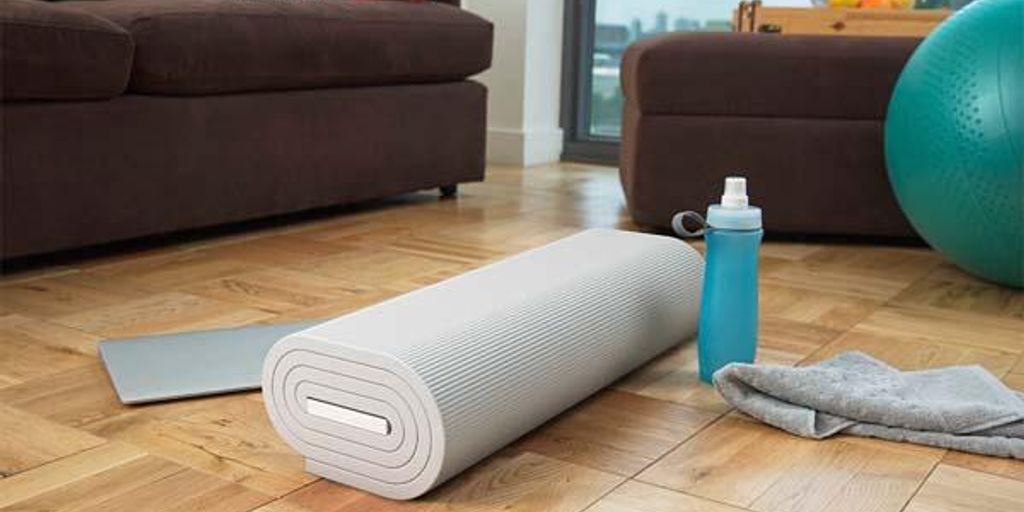
Choosing the Right Yoga Mat Dimensions for Your Practice

Choosing the right yoga mat dimensions is crucial for enhancing your practice, providing comfort, and ensuring proper support. With various options available in terms of length, width, thickness, and material, it can be overwhelming to make the right choice. This article will guide you through the essential factors to consider when selecting a yoga mat that fits your needs and preferences.
Key Takeaways
- Understand the standard size for yoga mat dimensions and the variations in length, width, and thickness.
- Choose the right length of mat based on your height to ensure comfort and proper alignment during practice.
- Consider the importance of mat thickness for joint health and the type of yoga practice you engage in.
- Evaluate the material and durability of the mat to ensure it meets your needs and preferences.
- Take into account portability and storage options, especially if you travel frequently or have limited storage space.
Understanding Standard Size For Yoga Mat Dimensions
Yoga mats come in various lengths and widths to accommodate different body types and preferences. The standard yoga mat is typically 68 inches long and 24 inches wide, but there are other options available to suit your needs.
Common Lengths and Widths
Finding the perfect fit for your yoga mat involves understanding the common dimensions available. While the standard size is 68 inches by 24 inches, mats can range from 72 inches to 84 inches in length and 26 inches to 30 inches in width. This variety ensures that practitioners of all sizes can find a mat that suits them.
Thickness Variations
Yoga mats also come in different thicknesses, which can impact your comfort and support during practice. Standard mats are about 1/8 inch thick, but you can find mats that are as thin as 1/16 inch or as thick as 1/4 inch. Thicker mats provide more cushioning, which can be beneficial for those with sensitive joints.
Material Considerations
The material of your yoga mat can affect its durability, grip, and eco-friendliness. Common materials include PVC, TPE, and natural rubber. Each material has its own benefits and drawbacks, so it's important to choose one that aligns with your values and practice needs.
Choosing the right yoga mat dimensions is crucial for a comfortable and effective practice. Consider your body type, the type of yoga you practice, and your personal preferences when selecting a mat.
How to Choose the Right Length for Your Height
Measuring Your Height
To find the perfect yoga mat length, start by measuring your height accurately. Stand straight against a wall and use a measuring tape to determine your height from the floor to the top of your head. This measurement will be the basis for selecting a mat that suits your needs.
Recommended Lengths for Different Heights
Choosing the right mat length is crucial for a comfortable practice. Here are some general guidelines:
- Under 5'4": A mat length of 68 inches is typically sufficient.
- 5'4" to 6'0": Opt for a mat that is around 72 inches long.
- Over 6'0": Consider a mat that is at least 74 inches in length.
These recommendations ensure that you have enough space to perform various poses without feeling restricted.
Custom Length Options
If standard sizes don't meet your needs, custom-length mats are available. These mats can be tailored to your specific height, providing a more personalized experience. Custom mats are especially beneficial for taller individuals who may find standard mats too short. Investing in a custom mat can enhance your practice by offering the right amount of space and comfort.
The Importance of Mat Thickness for Comfort and Support
Thickness Levels Explained
Yoga mats come in various thickness levels, typically ranging from 1/16 inch to 1/4 inch. Thicker mats provide more cushioning, which can be beneficial for those who need extra support during their practice. On the other hand, thinner mats offer better stability and balance, making them ideal for more dynamic styles of yoga.
Impact on Joint Health
Choosing the right mat thickness is crucial for joint health. A mat that is too thin may not provide adequate cushioning, leading to discomfort or even injury. Conversely, a mat that is too thick can make it difficult to maintain balance. It's essential to find a balance that offers both comfort and support, especially for those with sensitive joints.
Choosing Thickness Based on Practice Type
The type of yoga you practice should also influence your choice of mat thickness. For instance, restorative yoga often requires a thicker mat for added comfort, while a thinner mat may be more suitable for styles like Vinyasa or Ashtanga, which involve more movement and balance. Consider your specific needs and preferences when selecting the right mat thickness for your practice.
When selecting a yoga mat, it's important to consider your body weight and yoga style. This guide on choosing the right yoga mat for men suggests considering size based on height, preferring standard dimensions, and choosing thickness for comfort and support based on body weight and yoga style.
Material and Durability: What to Look For
Popular Materials
When selecting a yoga mat, the material is a crucial factor. PVC (Polyvinyl Chloride) is a common choice due to its durability and stickiness, but it is not eco-friendly. TPE (Thermoplastic Elastomer) offers a more environmentally friendly option while still providing good traction. Natural rubber mats are another popular choice, known for their excellent grip and eco-friendliness, though they can be heavier.
Durability Factors
The longevity of your yoga mat depends on several factors, including the frequency of use and the type of material. Mats made from PVC tend to last longer but may wear down with intense use. Natural rubber and TPE mats, while eco-friendly, might show signs of wear sooner. Regular cleaning and proper storage can significantly extend the life of your mat.
Eco-Friendly Options
For those concerned about the environment, there are several eco-friendly yoga mat options available. Natural rubber, jute, and organic cotton mats are excellent choices. These materials are biodegradable and free from harmful chemicals. Additionally, some brands offer mats made from recycled materials, providing a sustainable option for eco-conscious practitioners.
Choosing the right material for your yoga mat not only enhances your practice but also contributes to environmental sustainability.
Portability and Storage Considerations
Weight and Foldability
When selecting a yoga mat, portability and storage are crucial factors. While larger mats offer more space, they can be cumbersome to transport and store. Consider how often you'll need to move your mat and whether a foldable option might be more convenient.
Storage Solutions
Proper storage can extend the life of your yoga mat. Options include wall hooks, mat bags, and dedicated storage racks. These solutions not only keep your mat in good condition but also save space in your home or studio.
Travel-Friendly Mats
For those who travel frequently, a lightweight and compact mat is essential. Travel mats are designed to be easily folded or rolled, making them ideal for on-the-go practice. Look for mats that balance portability with durability to ensure they withstand frequent use.
Specialty Mats for Specific Practices
Hot Yoga Mats
Hot yoga mats are designed to handle the intense heat and sweat associated with hot yoga sessions. These mats often feature enhanced grip to prevent slipping, even when wet. They are typically made from materials that can withstand high temperatures and moisture, ensuring durability and longevity.
Travel Mats
For yogis on the go, travel mats are a convenient option. These mats are lightweight and foldable, making them easy to pack in a suitcase or carry-on. Despite their portability, they still provide adequate support and cushioning for your practice. Travel mats are perfect for those who want to maintain their yoga routine while traveling.
Extra-Wide Mats
Extra-wide mats offer additional space for practitioners who need more room to move. These mats are ideal for those with a broader build or for practices that require more expansive movements. The extra width ensures that you stay on the mat, providing a more comfortable and focused practice experience.
When selecting a specialty mat, consider your specific needs and practice style to find the perfect fit for your yoga journey.
Discover our specialty mats designed for specific practices at Yune Yoga. Whether you need a mat for hot yoga, travel, or a unique design to match your style, we have something for everyone. Visit our website to explore our wide range of options and find the perfect mat for your practice.
Conclusion
Choosing the right yoga mat dimensions is crucial for enhancing your practice and ensuring comfort and safety. By considering factors such as your height, the type of yoga you practice, and your personal preferences, you can find a mat that meets your needs. Remember that the right mat can make a significant difference in your overall experience, providing the support and stability required for various poses. Take the time to research and test different options to find the perfect fit for your practice.
Frequently Asked Questions
What is the standard size of a yoga mat?
The standard size of a yoga mat is typically 68 inches long and 24 inches wide.
How thick should a yoga mat be for joint support?
For optimal joint support, a yoga mat should be at least 6mm thick. Thicker mats provide better cushioning for sensitive joints.
Are there eco-friendly yoga mat options?
Yes, there are eco-friendly yoga mats made from materials like natural rubber, jute, and organic cotton. These materials are biodegradable and less harmful to the environment.
Can I travel with my yoga mat?
Yes, there are travel-friendly yoga mats that are lightweight and foldable, making them easy to carry in your luggage.
How do I clean my yoga mat?
To clean your yoga mat, wipe it down with a solution of water and mild soap. Some mats are also machine washable, but always check the manufacturer's instructions.
What type of yoga mat is best for hot yoga?
For hot yoga, it's best to use a mat that has good grip and is moisture-resistant. Mats made from natural rubber or those with a textured surface are ideal.


